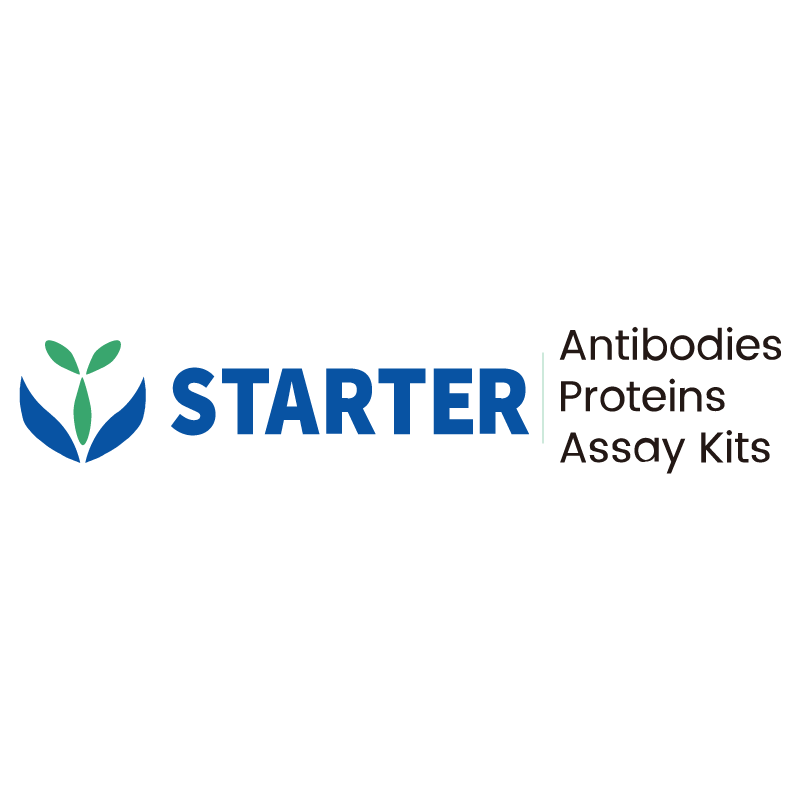Flow cytometric analysis of Human Siglec-2/CD22 expression on human peripheral blood lymphocytes. Human peripheral blood lymphocytes were stained with Brilliant Violet 421™ Mouse Anti-Human CD19 Antibody and either Alexa Fluor® 488 Mouse IgG1, κ Isotype Control (Left panel) or SDT Alexa Fluor® 488 Mouse Anti-Human Siglec-2/CD22 Antibody (Right panel) at 5μl/test. Flow cytometry and data analysis were performed using BD FACSymphony™ A1 and FlowJo™ software.
Product Details
Product Details
Product Specification
| Host | Mouse |
| Antigen | Siglec-2/CD22 |
| Synonyms | B-cell receptor CD22; B-lymphocyte cell adhesion molecule (BL-CAM); Sialic acid-binding Ig-like lectin 2 (Siglec-2); T-cell surface antigen Leu-14; SIGLEC2; |
| Location | Cell membrane |
| Accession | P20273 |
| Clone Number | S-565-1 |
| Antibody Type | Mouse mAb |
| Isotype | IgG1,k |
| Application | FCM |
| Reactivity | Hu |
| Positive Sample | human peripheral blood lymphocytes |
| Purification | Protein G |
| Concentration | 0.05mg/ml |
| Conjugation | Alexa Fluor® 488 |
| Physical Appearance | Liquid |
| Storage Buffer | PBS, 25% Glycerol, 1% BSA, 0.3% Proclin 300 |
| Stability & Storage | 12 months from date of receipt / reconstitution, 2 to 8 °C as supplied. |
Dilution
| application | dilution | species |
| FCM | 5μl per million cells in 100μl volume | Hu |
Background
Siglec-2, also known as CD22, is a sialic acid-binding immunoglobulin-type lectin predominantly expressed on B cells in humans and other mammals. It is a 140 kDa glycoprotein with seven Ig-like domains and multiple intracellular ITIM motifs, showing high selectivity for α2-6 linked sialic acids. CD22 spontaneously associates with the B cell receptor (BCR) in a sialic acid-independent manner and down-regulates B cell activation. The binding of CD22 to its sialoglycan ligands can either activate or suppress B cell function, depending on the location of the ligands. For instance, cis-ligation on the same cell membrane enhances B cell activation by sequestering CD22 away from the BCR, while trans-ligation with sialoglycans on antigen-presenting cells can inhibit the BCR. CD22 is heavily glycosylated, containing 11 potential N-glycosylation sites, six of which are in the N-terminal two domains. It is also involved in various biological processes, such as B cell homing and adhesion to other immune cells. Additionally, CD22 is a target receptor in anti-cancer therapies for lymphoma and leukemia, as well as in the treatment of autoimmune diseases like lupus and rheumatoid arthritis.
Picture
Picture
FC


